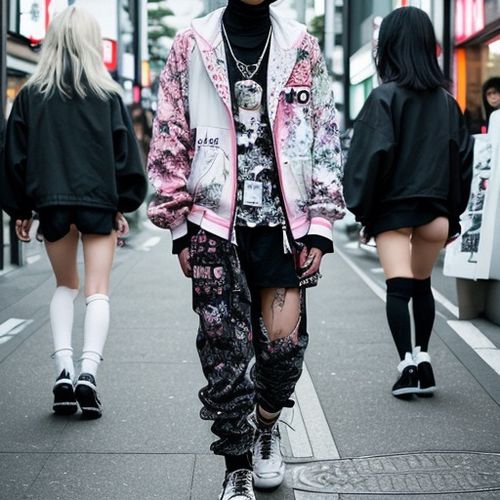The dim glow of blacklight tubes flickers across a sea of moving bodies, catching sudden flares of silver and neon from garments that seem to dissolve and reform with every turn. This is Berlin’s underground club scene at 3 AM, where fashion has become an extension of the architecture—not just worn, but activated by the environment. In recent years, a quiet revolution in material science has seeped into these spaces, transforming both the aesthetics and the very physics of nightlife. Reflective and refractive fabrics, once the domain of safety gear or avant-garde runway experiments, now pulse through the crowds like liquid electricity.
What began as a handful of DIY enthusiasts sewing discarded emergency blankets into jackets has evolved into a full-blown design movement. The allure isn’t merely visual—though the effect of a hundred dancers becoming sudden constellations under UV light is undeniably powerful. There’s a deeper symbiosis at work. These materials physically engage with the club’s lighting systems, creating feedback loops between human movement and environmental response. When a performer wearing a prismatic cape spins, the entire room’s color temperature appears to shift. It’s wearable technology stripped of gimmickry, reduced to pure optical alchemy.
The techno temples of Kreuzberg and Neukölln have become laboratories for this phenomenon. Veteran clubgoers note how the texture of darkness itself has changed since the reflective wave took hold. Where once the dancefloor was a monochrome mass punctuated by the occasional phone screen, now there’s a constant low-level visual chatter—not the aggressive glare of mainstream EDM venues, but something more organic. Like bioluminescent sea creatures signaling in the deep, participants use their clothing to communicate through light. A quick flash might signal a friend across the room; a slow ripple of reflections could set the rhythm for an impromptu dance circle.
Designers catering to this scene operate in a gray zone between fashion and installation art. One collective, Raumlicht, has developed a line of garments woven with thousands of micro-prisms that fracture laser beams into rainbows. Their pieces don’t merely reflect light—they recompose it. Another innovator, a former physics student who goes by the alias Spektr, creates magnetic adhesive strips that clubbers can arrange on their bodies to form temporary light sculptures. The materials are surprisingly accessible; many prototypes use modified automotive safety tapes or industrial-grade light refractors sourced from construction suppliers.
This movement isn’t without its controversies. Some old-school Berliners grumble about the "circusification" of their sacred spaces, arguing that the reflective trend encourages performative behavior over genuine immersion. There are practical concerns too—certain high-intensity reflective materials have been banned from several clubs after causing temporary blindness during laser shows. Yet the scene continues to evolve, with newer "smart" fabrics that adjust their reflectivity based on ambient light levels or body temperature.
As dawn approaches and the UV lights power down, an interesting transformation occurs. The magical garments that blazed like supernovae hours earlier now appear as ordinary scraps of fabric—crumpled metallic sleeves, translucent mesh trousers—draped over exhausted bodies sipping club-mate in the courtyard. It’s this very temporality that makes the phenomenon so distinctly Berlin. The alchemy exists only in the night’s particular ecosystem, leaving no trace when the sun rises over the concrete brutalist facades. Until tomorrow night, when the mirrors wake up again.

By Michael Brown/Apr 27, 2025

By Sophia Lewis/Apr 27, 2025

By Noah Bell/Apr 27, 2025

By Daniel Scott/Apr 27, 2025

By James Moore/Apr 27, 2025

By Megan Clark/Apr 27, 2025

By Samuel Cooper/Apr 27, 2025

By Emily Johnson/Apr 27, 2025

By Lily Simpson/Apr 27, 2025

By Emily Johnson/Dec 22, 2024

By Christopher Harris/Dec 22, 2024

By Joshua Howard/Dec 22, 2024

By Victoria Gonzalez/Dec 22, 2024

By Thomas Roberts/Dec 22, 2024

By Benjamin Evans/Dec 22, 2024